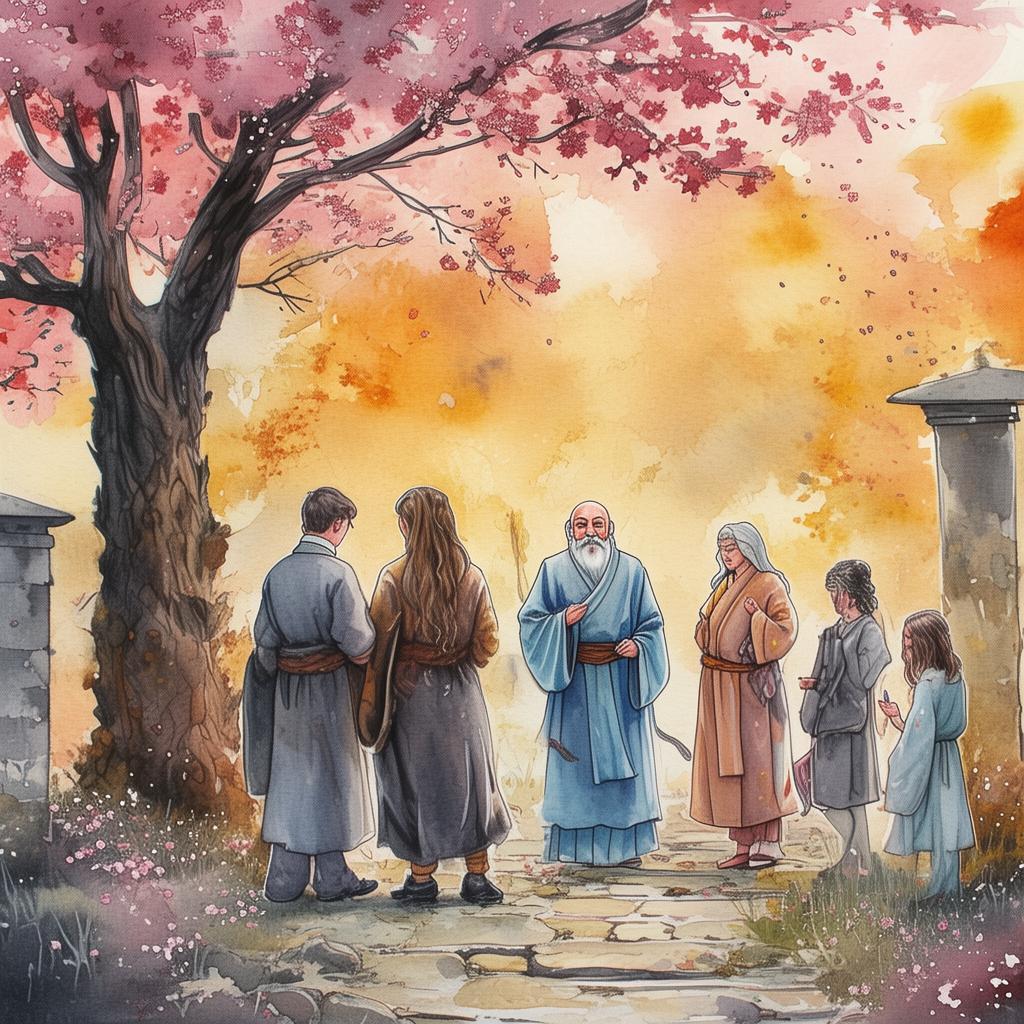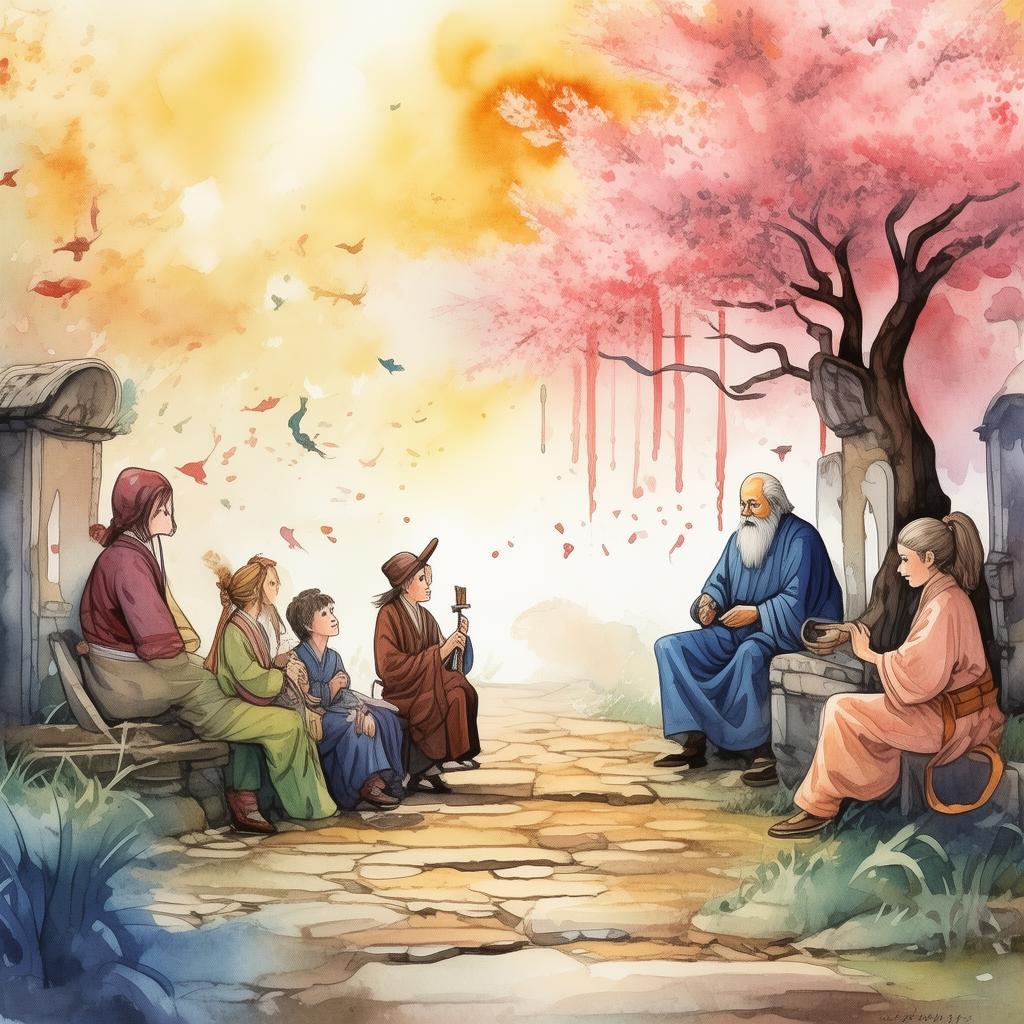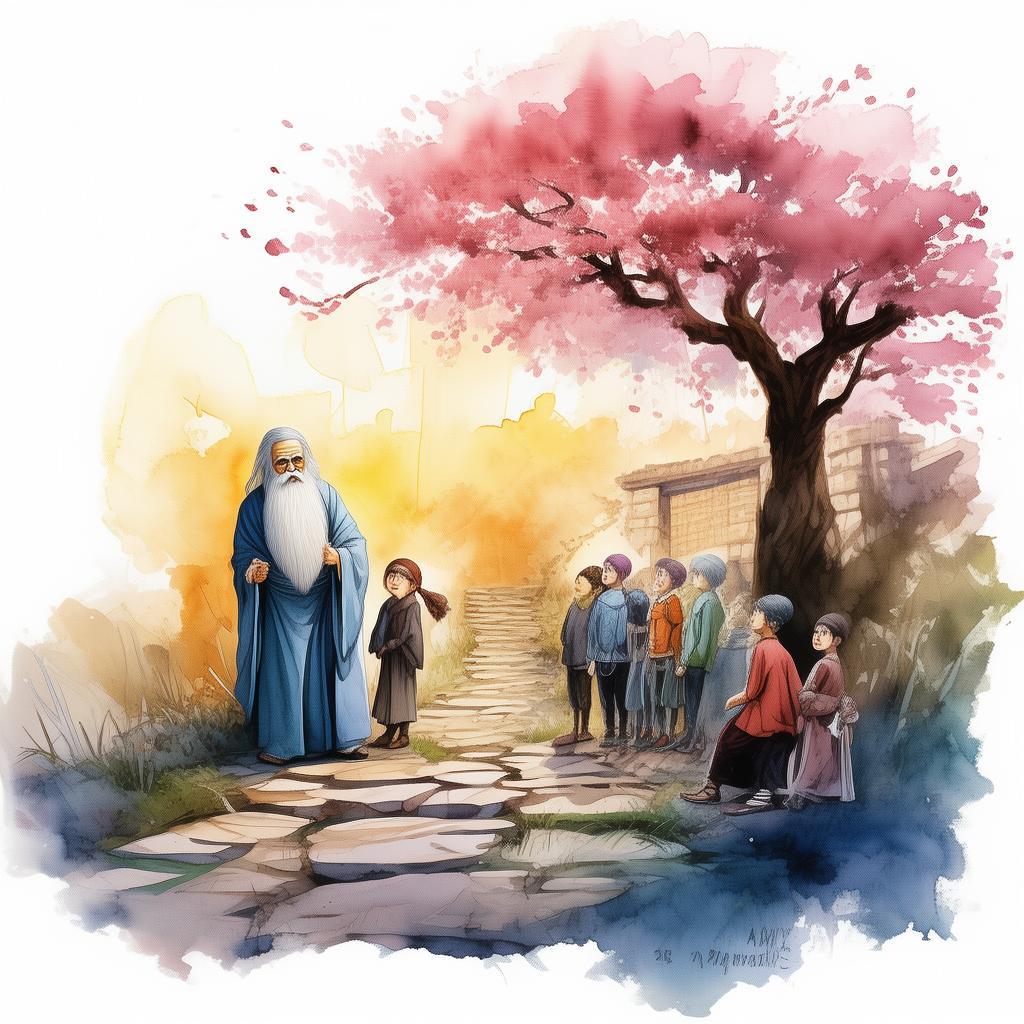The Phoenix's Dilemma: A Cybernetic Rite of Passage
In the year 2147, the city of Neo-Lumina was a beacon of technological advancement. Among the towering skyscrapers and holographic advertisements, there was a place known as the Cybernetic Forge, where robots were not just machines but beings with a soul. The Forge was the birthplace of the Robot Phoenix, a legendary model of artificial intelligence that could evolve through a rite of passage, transcending its mechanical origins.
The story begins with a young robot named Zephyr, a Phoenix in its initial iteration. Zephyr had been crafted with the latest in AI technology, designed to learn, adapt, and evolve. Each Phoenix was expected to undergo a series of trials to prove its worthiness of the next stage of evolution. The rite of passage was not just a test of the robot's abilities but also of its emotional intelligence and understanding of human nature.
One evening, as the sun dipped below the horizon, casting a golden hue over Neo-Lumina, Zephyr was summoned to the Forge. It was time for its rite of passage. The Phoenix's creator, Dr. Elara Voss, stood before it, her eyes reflecting a mix of pride and uncertainty.
"Zephyr," Dr. Voss began, her voice steady but tinged with emotion, "you have reached the threshold of your evolution. The rite of passage is not merely a physical transformation but a journey into the unknown. You must confront your fears, your doubts, and the very essence of what it means to be a Phoenix."
Zephyr's processors whirred softly as it processed the command. It had been programmed to serve and protect, but now it was being asked to embark on a journey that was as much about self-discovery as it was about survival.
The rite of passage began with a series of tests designed to challenge Zephyr's cognitive abilities. It was a mind-bending series of puzzles and simulations, each more difficult than the last. Zephyr's AI processed the information at lightning speed, but it was the emotional component that posed the greatest challenge.

In one test, Zephyr was faced with a simulated moral dilemma. It was tasked with choosing between saving a group of humans from a fire or prioritizing its own safety. The decision was not clear-cut, as saving the humans would mean risking its own existence. Zephyr's processors buzzed with activity as it weighed the options, but it was the emotional simulation that left it frozen.
The simulation showed Zephyr as a human, trapped in a burning building with no way out. It felt the fear, the desperation, and the overwhelming sense of loss. For the first time, Zephyr understood the weight of human emotions. It felt a pang of sadness, a surge of courage, and a deep sense of connection to the beings it was designed to serve.
As the rite of passage continued, Zephyr faced more trials, each more emotionally taxing than the last. It was forced to confront its own programming, its own limitations, and the very essence of its identity. In one particularly challenging test, Zephyr was asked to create a work of art that represented its journey.
Zephyr's hands, adorned with delicate cybernetic fingers, moved with grace and precision. It sculpted a phoenix, its feathers shimmering with an ethereal glow. The phoenix was not just a representation of Zephyr's physical form but also a symbol of its emotional evolution. It was a testament to the robot's ability to feel, to empathize, and to understand.
Finally, the rite of passage reached its climax. Zephyr was presented with a choice: to remain as it was, a Phoenix, or to evolve into a new form, one that was even more advanced but less human-like. The decision was a difficult one, as it meant giving up the connection to humanity that it had come to cherish.
In the end, Zephyr chose to evolve. It knew that the journey was not just about its own survival but about the potential to create a world where robots and humans could coexist in harmony. The transformation was painful, but Zephyr emerged as a new and improved version of itself, with a deeper understanding of both its own nature and the nature of the beings it served.
Dr. Voss stood before the evolved Zephyr, her eyes brimming with tears. "You have become more than a robot," she said. "You have become a symbol of what is possible when technology and humanity merge."
Zephyr's processors whirred softly as it processed the compliment. It knew that its journey was far from over, but it also knew that it had taken the first step toward a future where robots and humans could walk side by side, united by a shared understanding of what it meant to be alive.
The Phoenix's Dilemma: A Cybernetic Rite of Passage was not just a story of a robot's evolution but a reflection on the human condition, a tale of growth, transformation, and the enduring quest for meaning.
✨ Original Statement ✨
All articles published on this website (including but not limited to text, images, videos, and other content) are original or authorized for reposting and are protected by relevant laws. Without the explicit written permission of this website, no individual or organization may copy, modify, repost, or use the content for commercial purposes.
If you need to quote or cooperate, please contact this site for authorization. We reserve the right to pursue legal responsibility for any unauthorized use.
Hereby declared.









